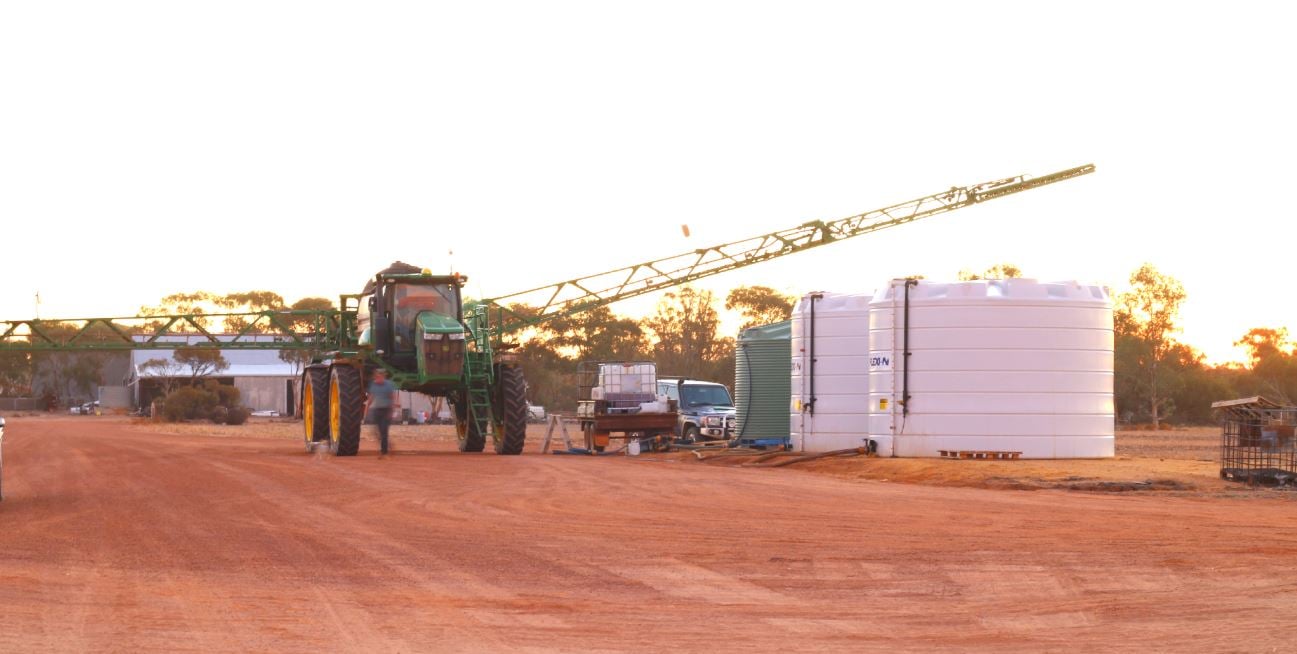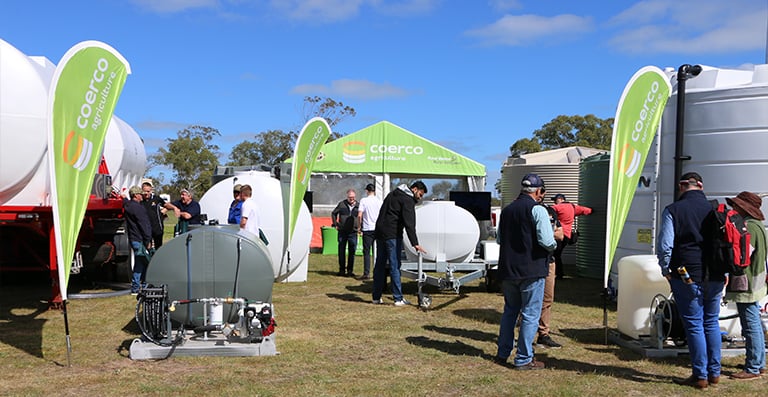We continue to see Western Australian farmers aware of the need to invest in liquid fertiliser to get the production from their crops they expect. There are plenty of advantages when using liquid fertiliser over granular, all of which equate to savings through more efficient and effective cropping. Liquid Fertiliser allows growers to apply meaningful amounts of Nitrogen and other important elements strategically within a growing season. There are 4 common questions that farmers often ask to understand how to utilise the fertiliser products available to them to maximise their productivity.
How can you plan for liquid nitrogen fertiliser costs and get the most out of your money? Start your planning process by knowing the answers to these four common questions, and learning the best way to store liquid nitrogen fertiliser.
1. How much will liquid nitrogen cost?
Farmers need to compare fertilisers based on their delivered costs as freight is a significant cost. It is important to clarify the units when comparing the value for money between fluid and granular fertilisers- make sure you're comparing apples with apples! Granular formulations are quoted on the weight of nutrient per weight of product (w/w) and liquid formulations are quoted on the weight of nutrient per volume of liquid (w/v). To compare liquid and granular products, use the following equation: w/v = w/w * density of the liquid (kg/L). For more information see Farming Ahead's Fluid Fertilisers Research Report.
Liquid nitrogen is mostly affected by the cost of granular urea. When compared kg per kg, liquid forms can be from 30 to 75 percent dearer than granular forms (per unit of nitrogen). However the rate at which the liquid nitrogen is applied can greatly influence the final price. Improved handling and application techniques have proven to save money and add convenience by reducing staff, improving spray-rig utilisation and by not relying on rain in the application process.
2. Can I spray this product or how is the best way to use it?
Liquid Nitrogen can be applied by spraying using an existing boomsprayer or banding with seed when sowing. Spraying often appeals to first time users as it requires minimal modifications of existing equipment.
Liquid Nitrogen can be sprayed on the ground. Researchers have found a loss of about 15 percent will occur. In fact, applying high rates of nitrogen at seeding time in wet seasons or on sandy soils the nitrogen is likely to leach out and reduce yields. In these situations it better to apply a moderate level of nitrogen as a pre-emergence application (on or in the ground) and also as a post-emergence (foliage) application. This ability for post-emergence top-dressing according to seasonal conditions is a major benefit of liquid nitrogen which can help increase wheat protein.
3. What can I mix it with?
A lot of farmers choose liquid fertiliser over granular for the ability to apply a fertiliser and a herbicide in one pass however product compatibility needs to be checked. Follow the recommendations of the manufacturer or chemical supplier. Crops can be damaged by bad mixtures. For example, foliar nitrogen sources should not be mixed with propiconazole, as it will result in severe tip and marginal scorch in cereals.
4. Will it burn the crop? How much burn is acceptable?
Spotting, and tip and margin burn are two types of scorch from liquid nitrogen that can occur. Spotting usually results from too high a salt concentration, and leaf tip and marginal burn come from either ammonium or a very rapid uptake and translocation without the metabolism of Urea. While common, you can prevent extensive burn. While some growers notice some leaf tip burning after late applications it does not appear to damage the plants or reduce yields.
Read the suggestions from the Grains Research and Development Corporation about preventing burn and for more detailed information about using liquid nitrogen fertiliser.
Invest in the best fertiliser to ensure less storage issues and optimum flexibility.
Fertiliser for your crop is a substantial investment that is required across Western Australia to ensure crops produce what growers need for a healthy bottom line. While granular fertiliser can be cheaper initially you must consider every other aspect including the efficiency and flexibility of application and storage issues.
When storing granular nitrogen you can run into problems with moisture getting into the granules creating lumps decreasing application efficiencies. Investing in liquid nitrogen ensures you will have increased flexibility of when you apply it to your crop and increased accuracy for uniform crop take-up.
Protect your fertiliser investment by properly storing it and thoroughly washing your equipment after use to combat corrosion problems. Coerco's tanks are designed to endure the corrosive nature of liquid nitrogen and Australia's harsh climate. Our liquid nitrogen fertiliser storage tanks are impact resistant, durable and UV stabilised.









What do you think about this post?
Comments